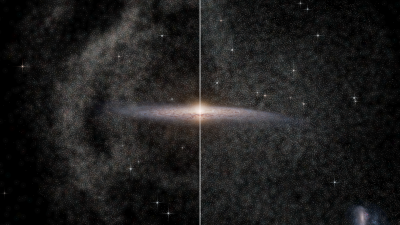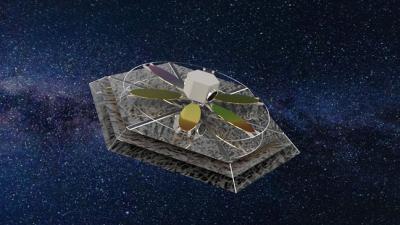A Rectangular Space Telescope Design Could Dramatically Accelerate Discovery of Earth-Like Worlds
A new study from RPI and NASA reveals that a radically different telescope design could accelerate the search for potentially habitable worlds beyond our solar system.
Rensselaer Researchers Upend Theory About the Formation of the Milky Way Galaxy
Rensselaer Polytechnic Institute’s Heidi Jo Newberg, Ph.D., professor of astronomy; Tom Donlon, Ph.D., a visiting researcher at Rensselaer and a postdoctoral researcher at the University of Alabama; and their team have recently published research that reveals a shocking discovery about the history of our universe: the Milky Way Galaxy’s last major collision occurred billions of years later than previously thought.
Team Aims To Find ‘Earth 2.0’
Are there other Earth-like planets? Is there extraterrestrial life? In the quest to find planets that orbit stars other than the sun, “Earth 2.0” is the Holy Grail. Earth 2.0 is a planet similar enough to Earth to enable the existence of life as we know it. It would be the right temperature for liquid water, and it would orbit a star with a steady supply of light. Ideally, it would be close enough that we could imagine going there or at least sending a probe to explore it.


